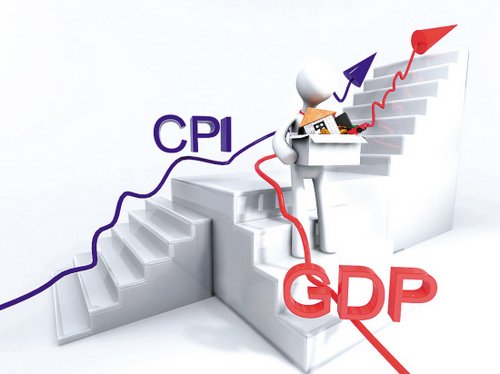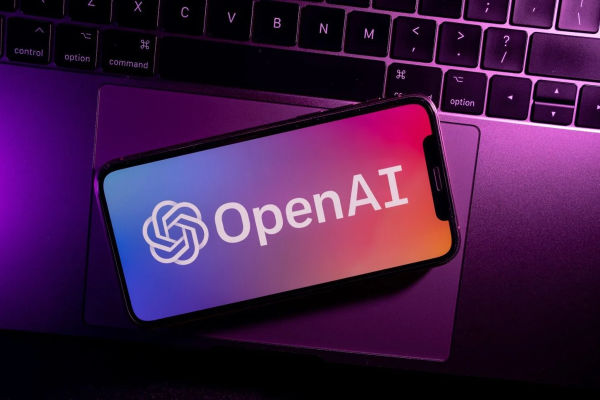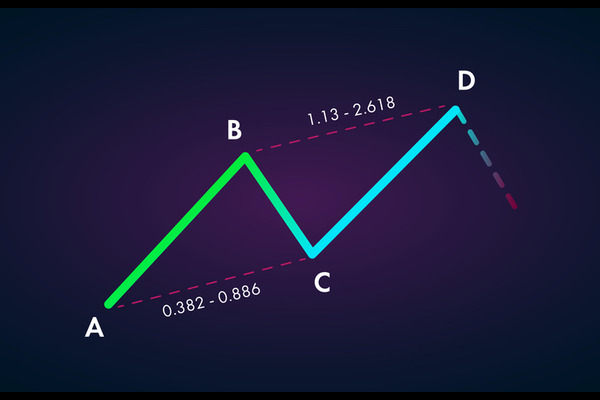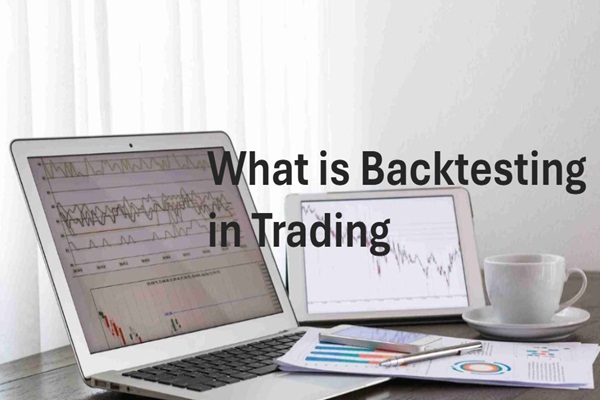GDP (gross domestic product) refers to the final outcome of the production activities of all permanent residents of a country (or region) in a certain period of time, calculated at market prices.
CPI is the consumer price indexThe abbreviation for index. The consumer price index index is a macroeconomic indicator that reflects the price changes of consumer goods and services generally purchased by households.

The connection between GDP and CPI:
CPI and GDP deflator basically show the same trend, that is to say, if inflation occurs, CPI and GDP deflator will also increase, although the amplitude is slightly different. This means that during the inflation period, the real GDP tends to decline, because the real CPI is negatively correlated with the GDP deflator. In other words, with a continuous increase in CPI, nominal GDP may be increasing while actual GDP is decreasing.
The difference between GDP and CPI:
1. Different situations reflected
GDP reflects the overall economic situation of a country, reflecting the final results of production activities of all permanent units in a country (or region) over a certain period of time.
CPI reflects the price changes of consumer goods and services purchased by households, and reflects the degree of inflation or contraction.
2. Different accounting methods
There are three methods for GDP accounting, namely the production method, income method, and expenditure method. These three methods reflect the results of national economic production activities from different perspectives, and theoretically, the accounting results of the three methods are the same.
The calculation of CPI adopts a sampling survey method to select and determine the survey sites. According to the principle of "fixed person, fixed point, and fixed time", personnel are directly sent to the survey sites to collect the original prices. Data sourced from 31 provinces (districts, cities) across the country500 cities and counties, over 83000 price survey points, including shopping malls (stores), supermarkets, agricultural markets, service outlets, and internet e-commerce.
3. Different scopes
In principle, the scope of GDP accounting includes the economic activities of all permanent units with economic interest centers located within China's economic territory.
CPI only involves consumption. CPI covers the daily consumption of food, tobacco, alcohol, clothing, housing, daily necessities and services, transportation and communication, education, culture and entertainment, healthcare, and other goods and services for urban and rural residents nationwideThe prices of goods and services in 8 categories and 262 basic categories.
【 EBC Platform Risk Reminder and Disclaimer 】: There are risks in the market, and investment needs to be cautious. This article does not constitute investment advice.







